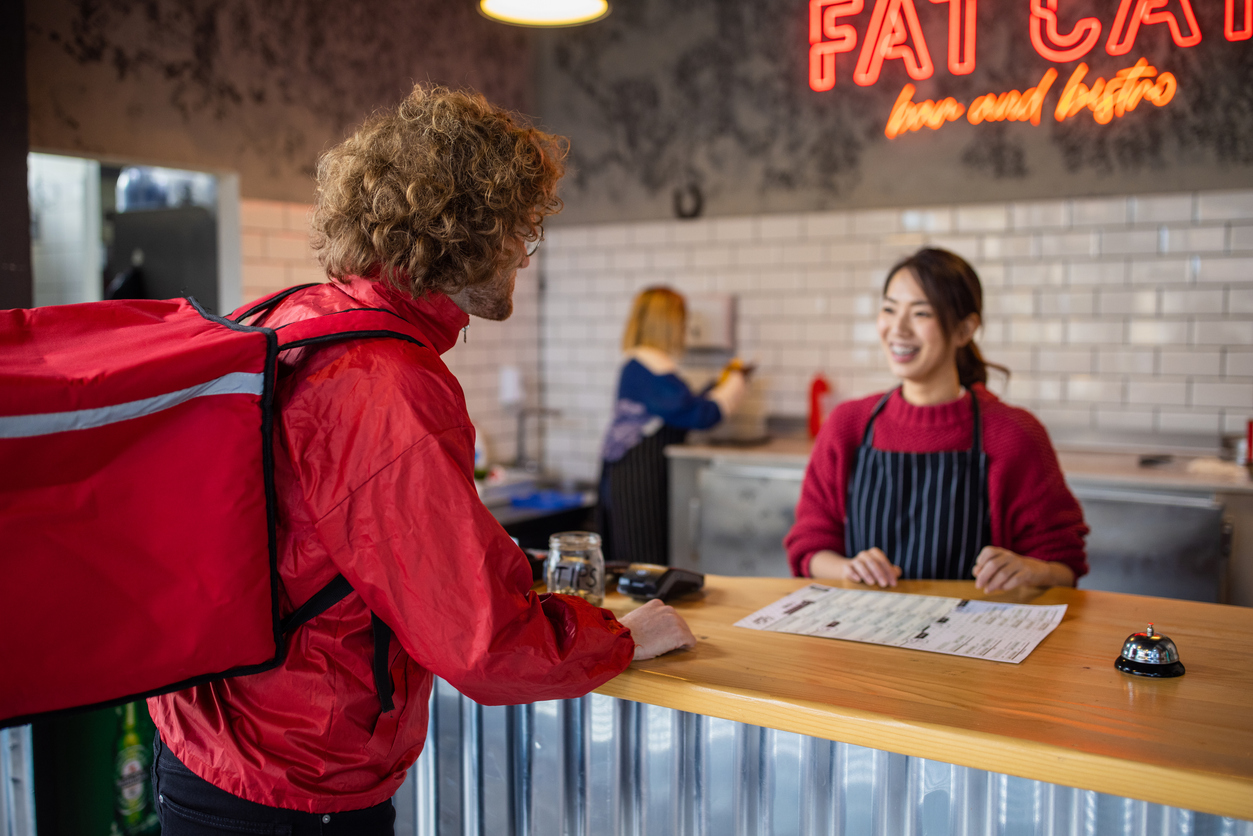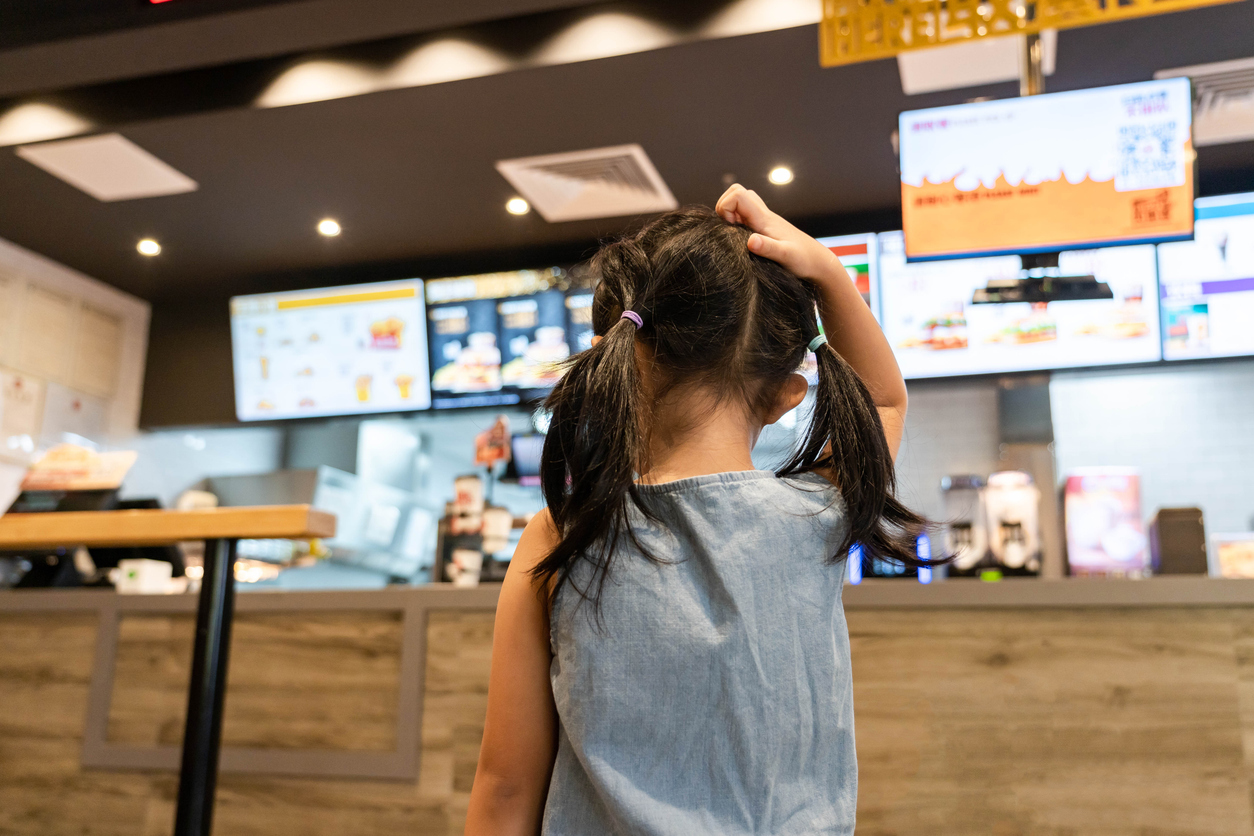Measuring performance is the heart of running a successful restaurant business. Today, having a clear understanding of your operational metrics can determine growth and sustainability in this competitive food service industry. In large-scale restaurant operations, effective scaling requires a strong focus on monitoring performance metrics that provide informative insights on both success cases and areas that need improvement. Let’s explore the essential restaurant metrics and actionable strategies for improvement.
What Are Restaurant Performance Metrics?
Restaurant performance metrics are measurable measures that allow owners and managers to assess various aspects of their business operations. These metrics offer critical data points that help in informed decision-making and strategic planning. By assisting track restaurants data, these metrics give a clear picture of where a restaurant excels and where it needs improvement.
All financial indicators, such as profitability or customer satisfaction ratings, constitute a performance metric for restaurants, showing the general aspect of the business. It sets the mark to achieve future growth and marks success levels.
Why Performance Metrics Are Essential to Restaurants?
Performance metrics are one of the success tools that help restaurants have an objective approach toward decision-making. They enable the identification of trends, the detection of issues before they turn critical, and the uncovering of chances for an increase in restaurant sales.
Performance metrics allow restaurants to measure their financial performance continuously while evaluating the levels of customer satisfaction. They are key indicators for benchmarking employee performances and making well-informed judgments. Restaurants could maintain a position in the competition by setting workable goals while measuring the various initiatives' performances.
Key Metrics And How To Calculate Restaurant Revenue

Understanding and tracking key performance metrics is essential for achieving success. These metrics provide valuable insights into various aspects of your business, from financial performance to customer satisfaction. By monitoring these indicators, restaurant owners and managers can make informed decisions that drive profitability and enhance the overall dining experience.
Revenue Per Available Seat Hour
RevPASH is the revenue generated per available seat per hour, which gives an idea of seating efficiency and revenue optimization.
RevPASH = Total Revenue / (Number of Seats × Operating Hours)
For instance, if a 50-seat restaurant generates $2,000 in 8 hours, then the RevPASH would be $5 per seat per hour. This metric helps optimize seating arrangements and pricing strategies during different service periods.
Cost of Goods Sold
COGS is the cost of producing the menu items; it includes the food and beverage ingredients. Management of COGS is essential for profitability. Managing COGS means portion control, negotiating with suppliers, and managing inventory.
Here is how to calculate your CoGS:
CoGS for the period = (Beginning Inventory of F&B) + (Purchases) – (Ending Inventory)
Conducting regular menu pricing reviews and using seasonal ingredients can help optimize this metric without sacrificing quality.
Labor Cost Percentage
Labor cost percentage expresses labor-related cost as a percent of total revenues. The industry average falls between 25-35% of the total revenues. Here is how to calculate your labor cost percentage:
Labor Cost Percentage = Labor / Sales
Optimization of labor cost percentage could be achieved with effective scheduling, cross-training the staff, and also through various technological solutions implemented for smooth business flow. Closely tracking overtime and scheduling systems ensures an optimum labor cost along with delivering quality service.
Food Cost Percentage
Food Cost Percentage is a critical metric that measures the relationship between the cost of producing a menu item and its selling price. Specifically, it quantifies how much of the revenue generated from food sales is consumed by the cost of ingredients.
Calculating food cost percentage is straightforward and can be done using the following formula:
Food Cost Percentage = Item Cost / Selling Price
Gross Profit Margin
Gross profit margin indicates the percentage of revenue remaining after accounting for direct costs (COGS). A healthy restaurant typically maintains a gross profit margin between 65-70%. This metric helps restaurants understand their pricing strategy's effectiveness and their ability to cover operational costs. Here is how to calculate your gross profit
Gross Profit = Total Revenue – CoGS
Gross Profit Margin = (Gross Profit / Total Revenue) x 100
Net Profit Margin
A net profit margin is all the money your restaurant can take home after deducting all operating expenses, such as goods sold, labor, rental fees, equipment, hardware, utilities, etc. These all add up to further growth, expansion, attracting investors, or even selling your business for a pretty penny. Any profit is a good thing, but 6% is the average restaurant profit. Profit margins vary by concept, naturally.
Restaurants can calculate their net profit margin as:
Net Profit Margin = (Gross Sales – Operating Expense) / Gross Sales
Table Turnover Rate
Table turnover rate indicates the number of times a table is turned within a service period. This variable can be improved through optimized seating arrangements, streamlined service procedures, and efficient reservation systems. It can be calculated as:
Table Turn Time = Number of Guests Served / Number of Seats
Effective training of employees in time management and technology implementation for order processing will have significant impacts on this variable.
Inventory Turnover Ratio
The inventory turnover ratio is the speed at which one uses and replaces inventories as an indicator of efficient inventory management. Here is the formula to calculate the inventory turnover ratio:
Inventory Turnover = CoGs / ( (Beginning Inventory + Ending Inventory) / 2)
If one implements the first-in-first-out system, coupled with inventory management software, this metric is optimized. Regular stock count and analysis of usage trends make for efficient management of inventories.
Menu Item Profitability
Menu item profitability assesses the financial performance of individual dishes on a restaurant's menu. Its calculation provides insights into ingredient costs and portion sizes. Calculating menu item profitability involves the number of items sold, the menu price, and the cost of the ingredients.
The formula is as follows:
Menu Item Profitability = (Number of Items Sold x Menu Price) – (Number of Items Sold x Item Portion Cost)
Time Per Table Turn
Time per Table Turn measures the average duration a table is occupied by guests from the moment they are seated until they complete their meal and cash out. The faster a table turns over, the more customers a restaurant can serve within a given time frame.
Calculating time per table turn is straightforward, especially if your restaurant uses a POS system that tracks this data. To find the average time per table turn,
Average Time per Table Turn = Total Time Occupied by All Tables / Number of Tables Served
Average Customer Headcount
Average Customer Headcount is a key performance metric that indicates the number of customers served in a restaurant over a specific period. By measuring average customer headcount, restaurants can identify peak times and slower periods.
To find the average customer headcount for a specific period, here is the formula:
Average Customer Headcount = Total Customers Served / Number of Time Intervals
Customer Acquisition Cost (CAC)
Customer Acquisition Cost (CAC) is a crucial marketing metric that quantifies the total cost associated with acquiring a new customer. This includes all expenses related to marketing initiatives, such as advertising, promotions, discounts, and any other costs incurred to attract new patrons to your restaurant.
The formula for calculating CAC is straightforward:
CAC = Marketing Expenses / Total New Customers Acquired
Utilizing a Point of Sale (POS) system that tracks discounts and customer acquisition sources can simplify this process.
Customer Retention Rate
Customer Retention Rate is a metric that indicates the percentage of customers who continue to patronize your restaurant over a specific period. Increasing customer retention rates by just 5% can lead to a profit increase of 25% to 95%. The formula for calculating the customer retention rate is as follows:
Customer Retention Rate =( (Total Customers – Total New Customers) / Total Customers) x 100
A higher retention rate indicates that your restaurant is successfully meeting customer needs and expectations.
Employee Turnover Rate
Employee Turnover Rate quantifies the frequency at which employees leave a restaurant over a specific period. This includes all forms of departures, such as resignations, dismissals, and retirements, but excludes internal movements like transfers or promotions.
Calculating the employee turnover rate is straightforward and can be done using the following formula:
Employee Turnover Rate = (Employees Departed / Number of Employees) x 100
Track Your Restaurant Metrics With Checkmate!
Tracking your restaurant metrics is easy with Checkmate! We have real-time reporting, integration, and customizable dashboard. Our insight tool helps you monitor sales, spot trends and set alerts to improve your digital program. With these simple insights, you can make better decisions that boost profits and enhance customer satisfaction. Get a demo to help you make the most of your restaurant data today!





